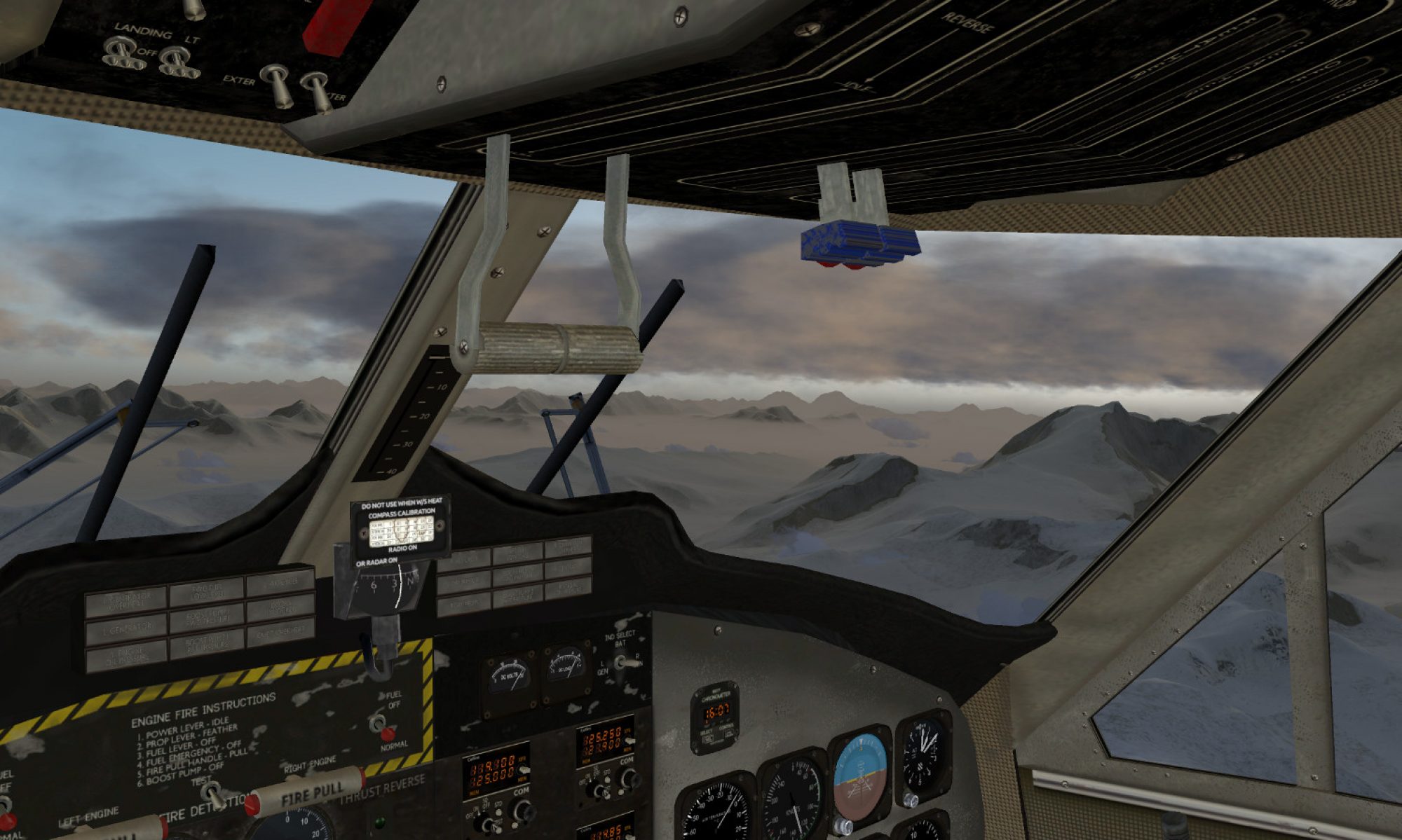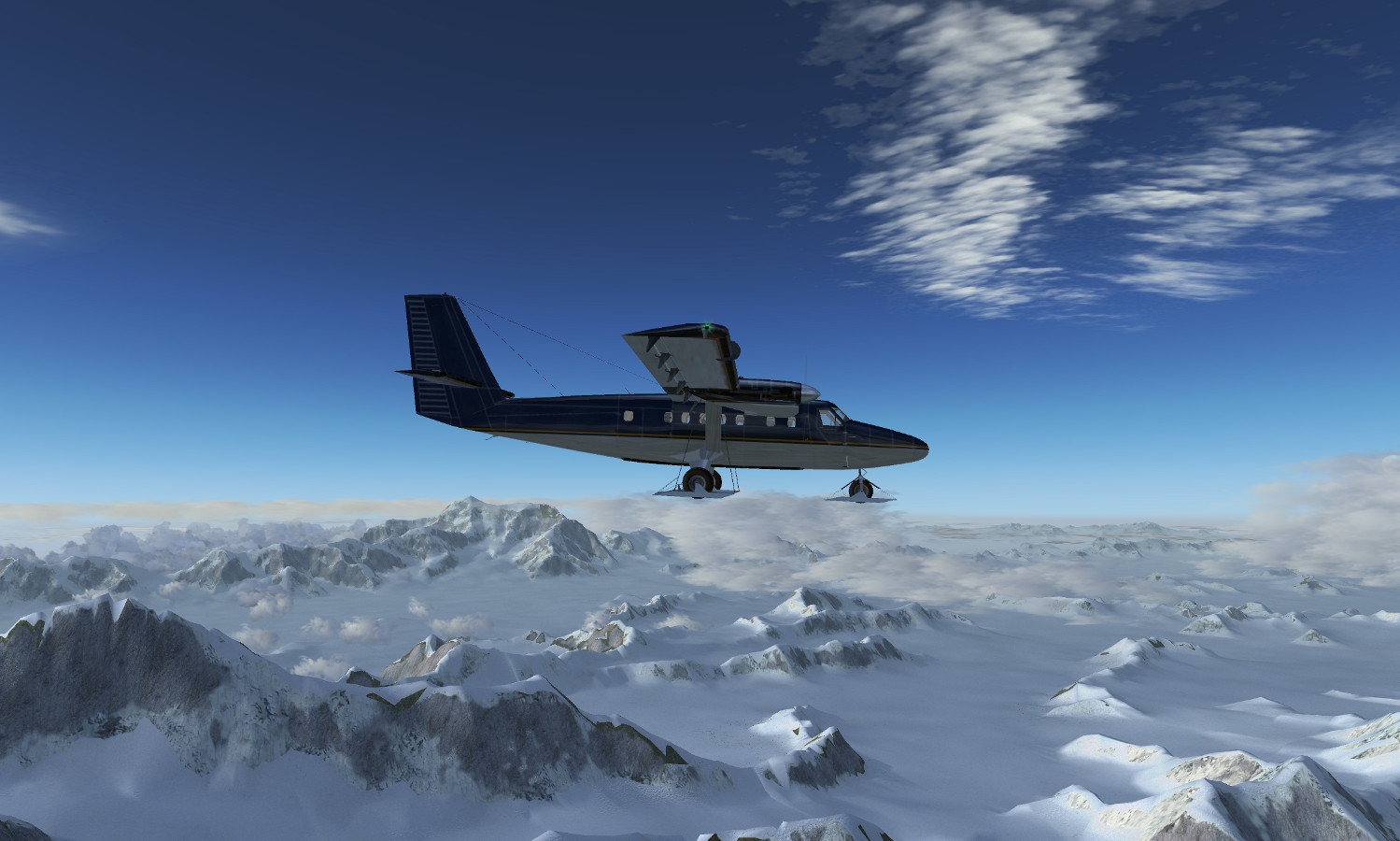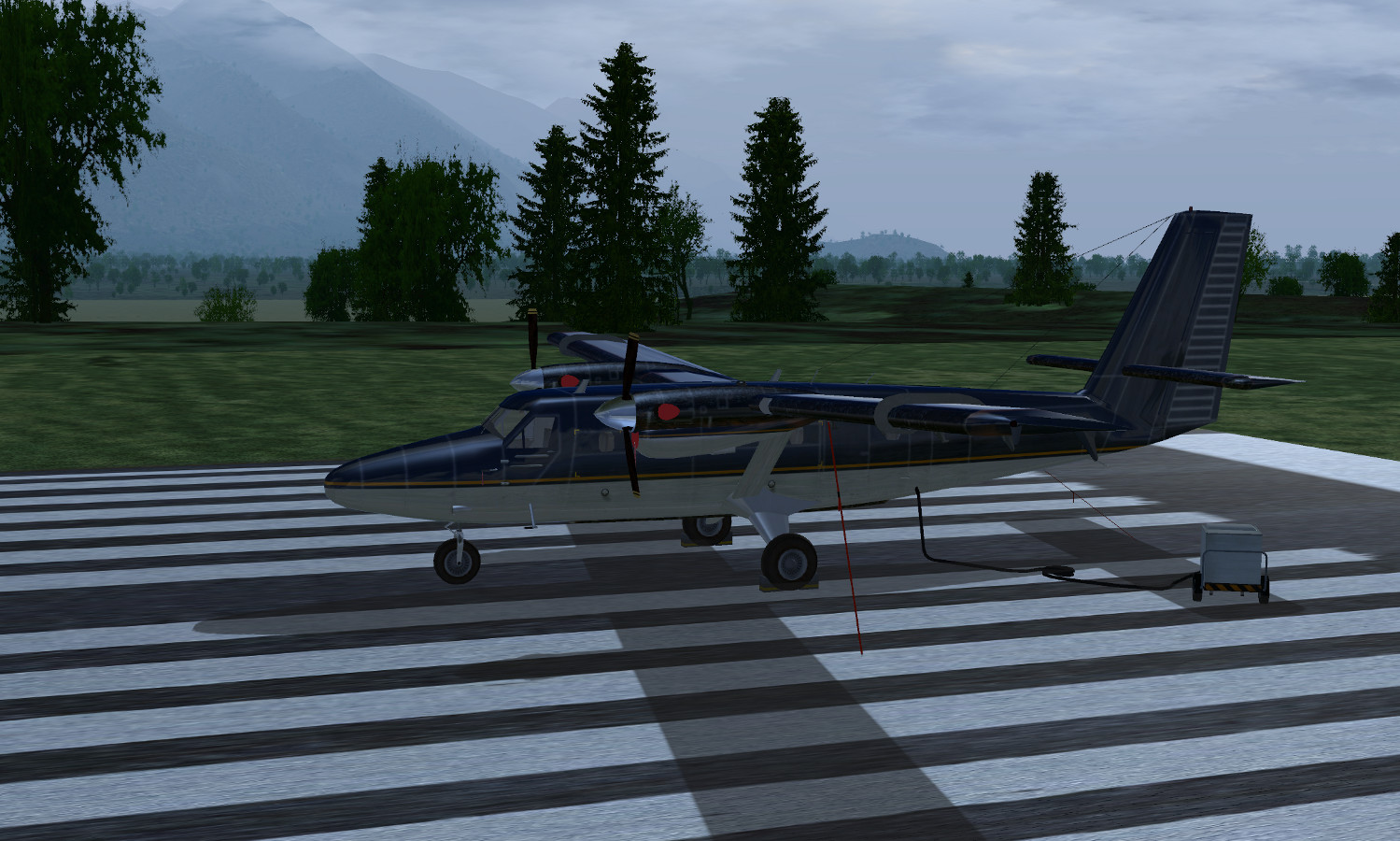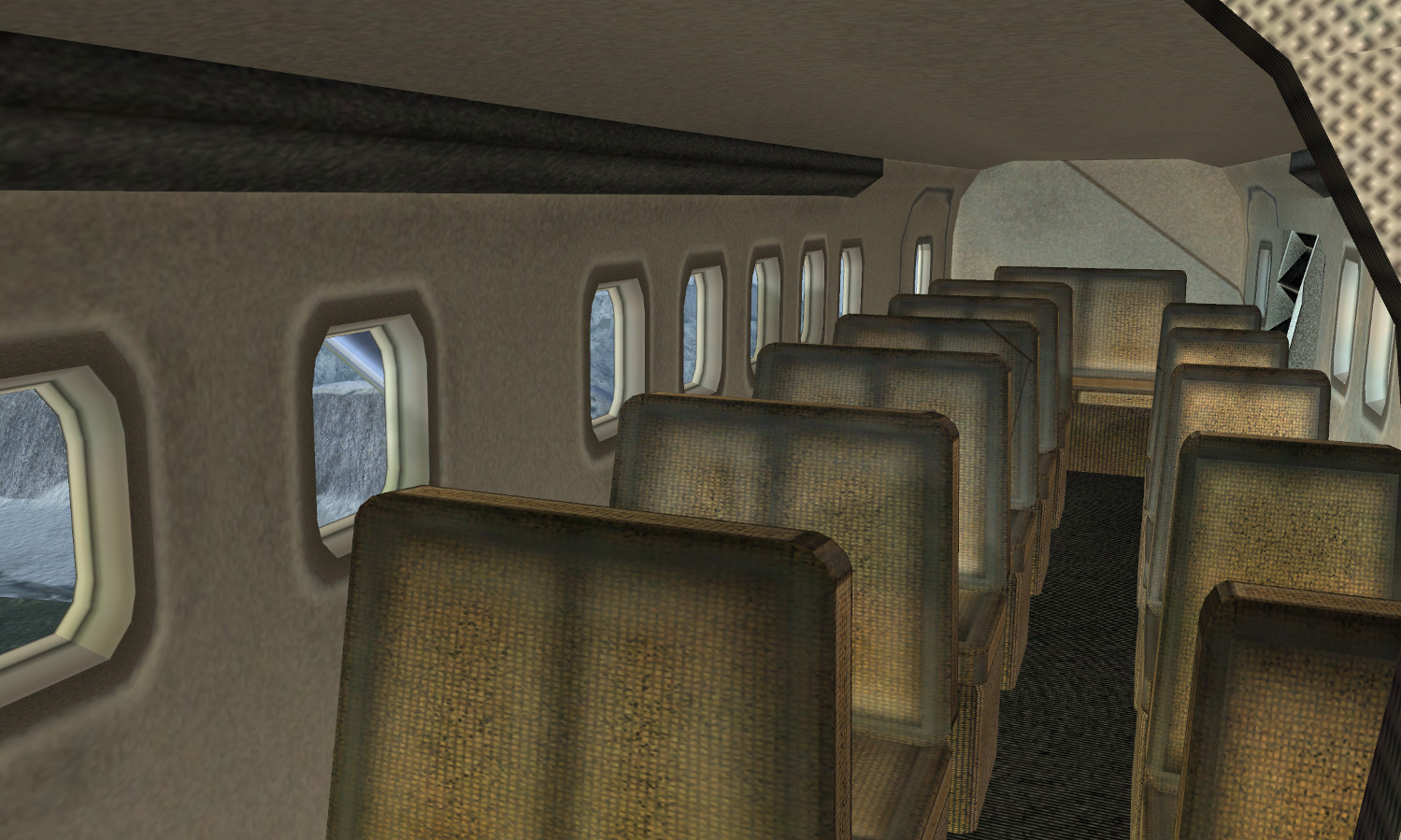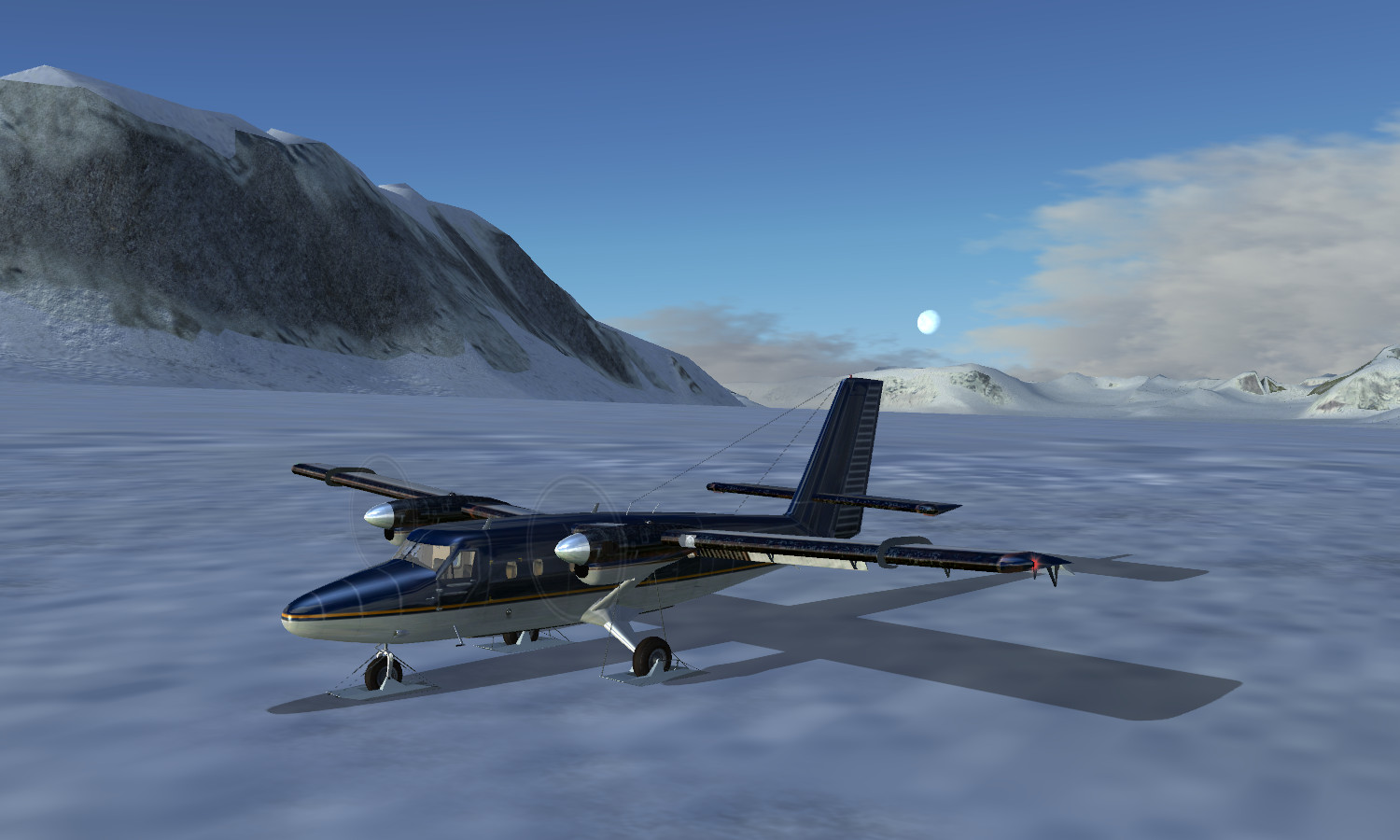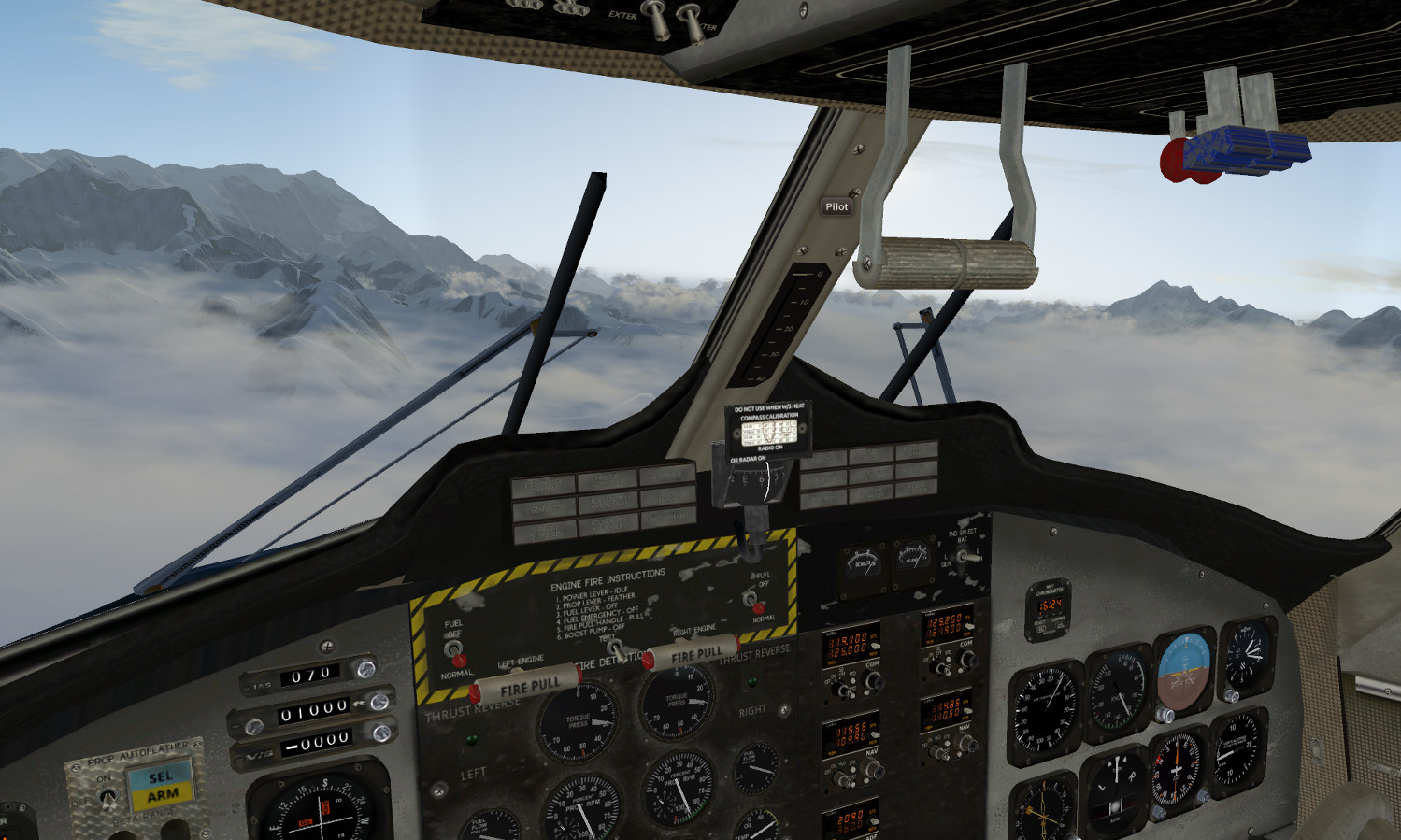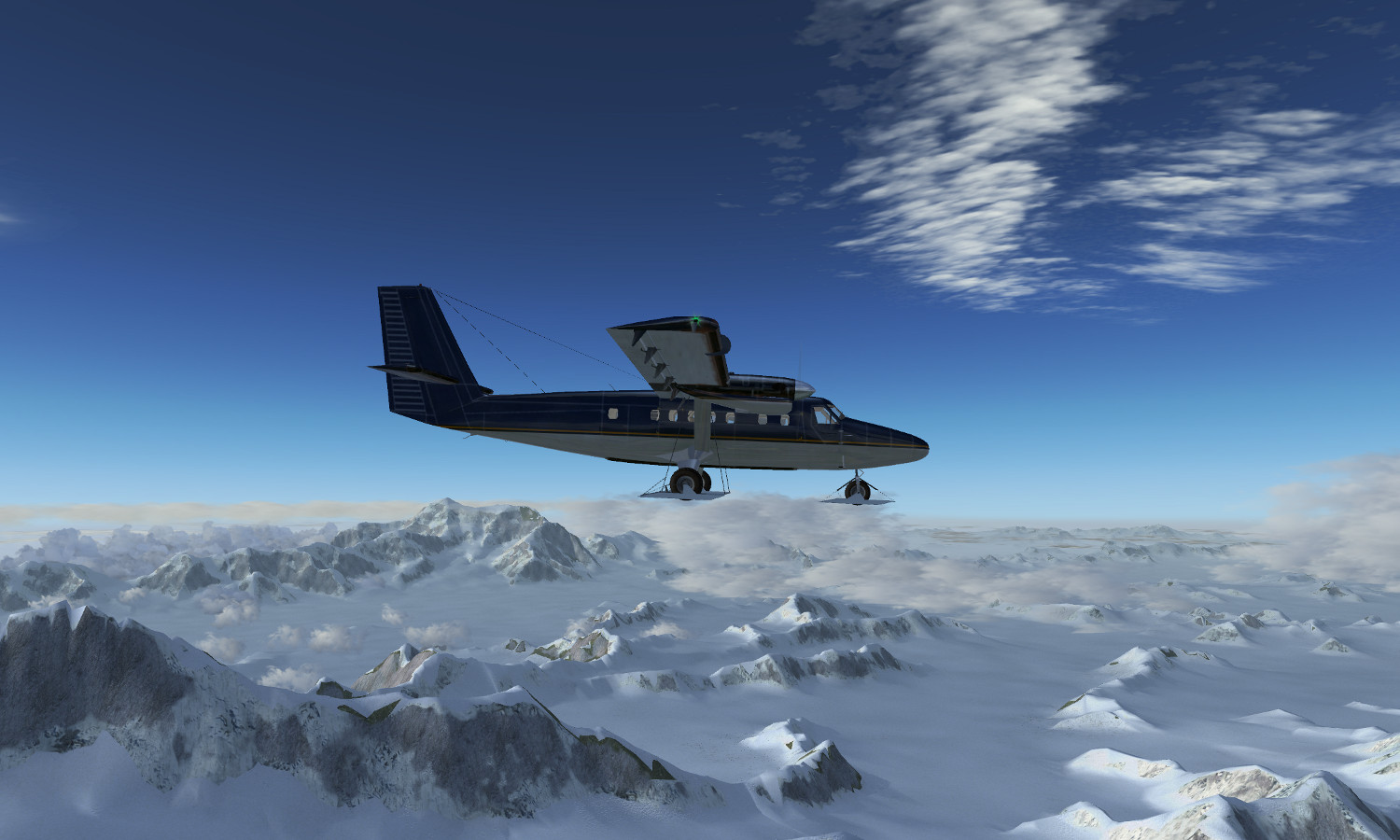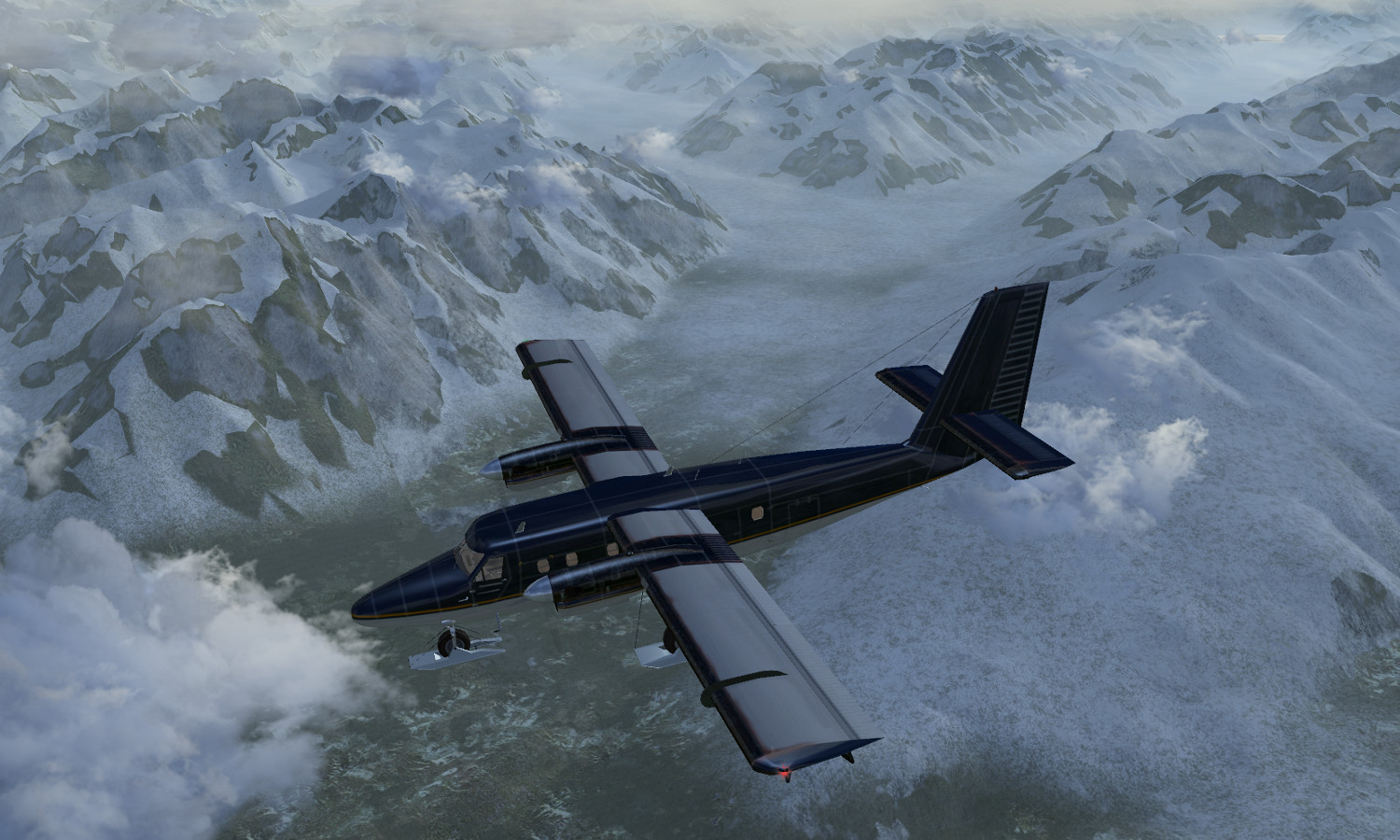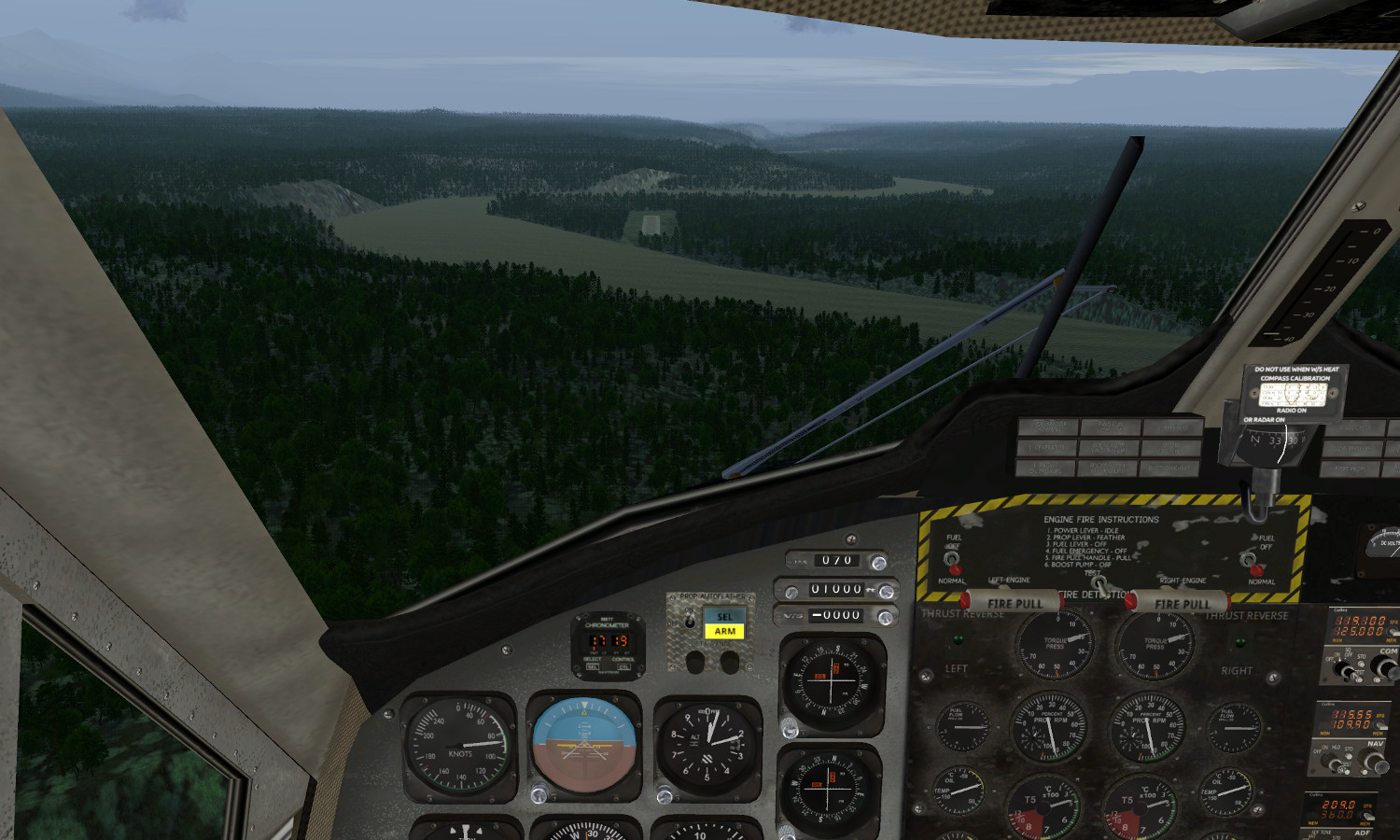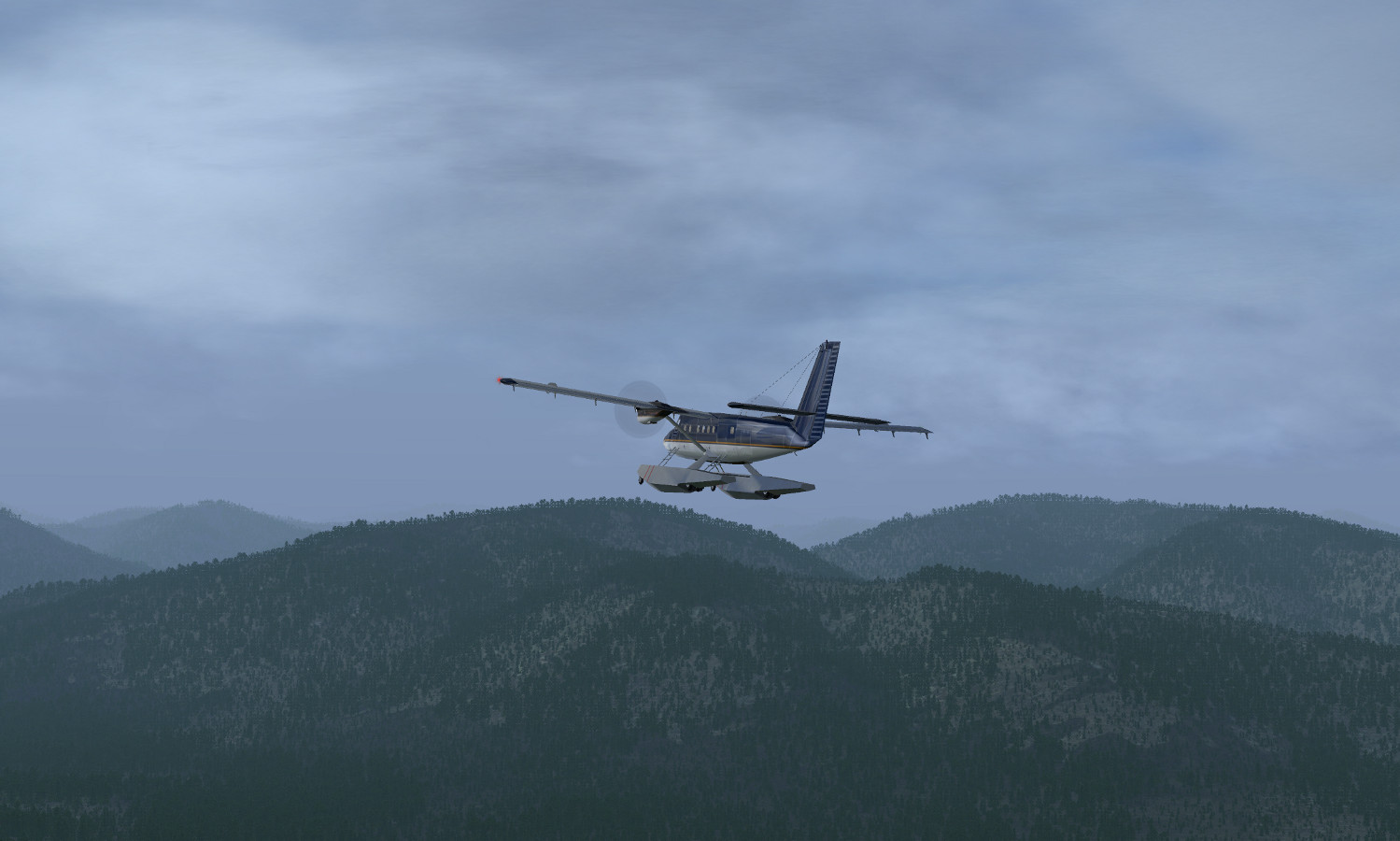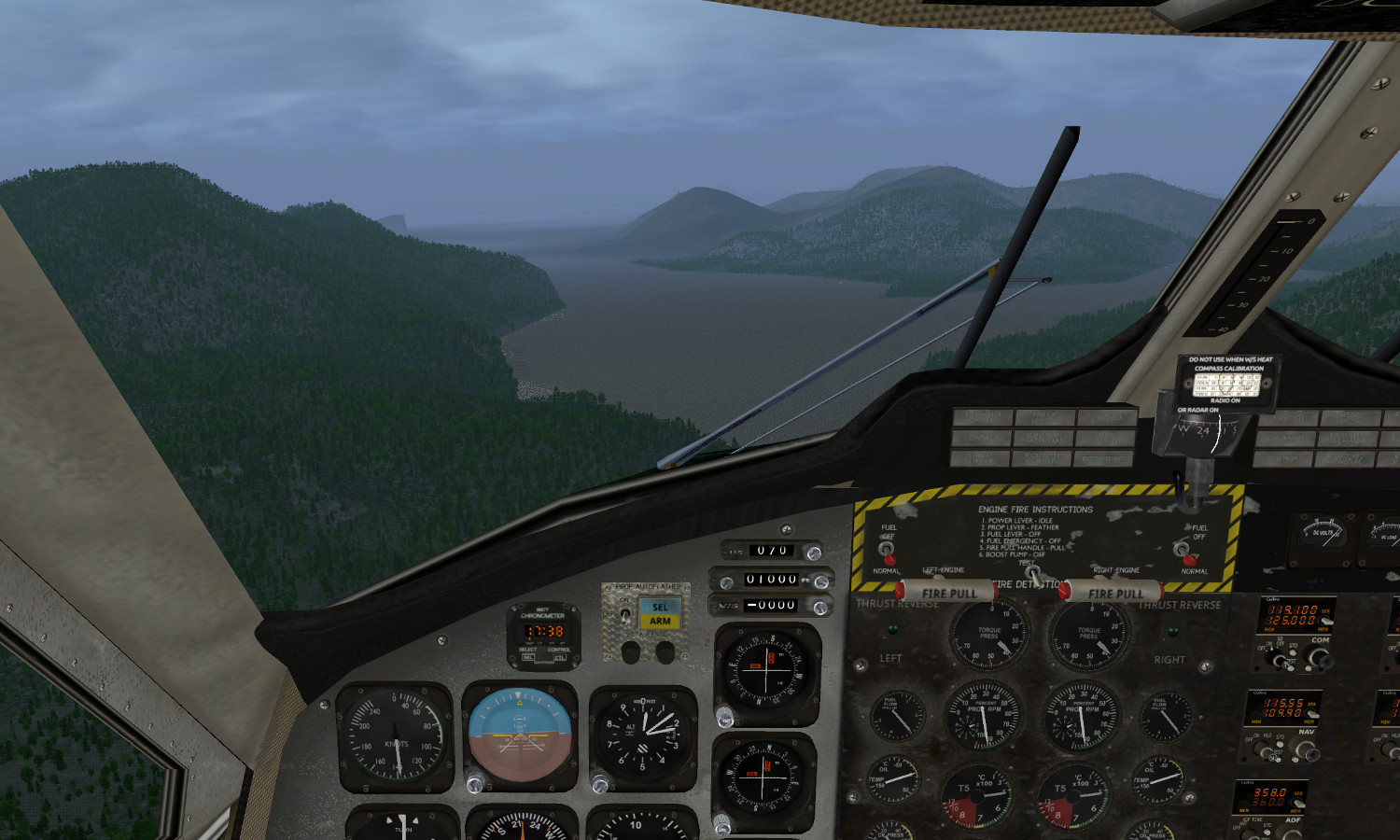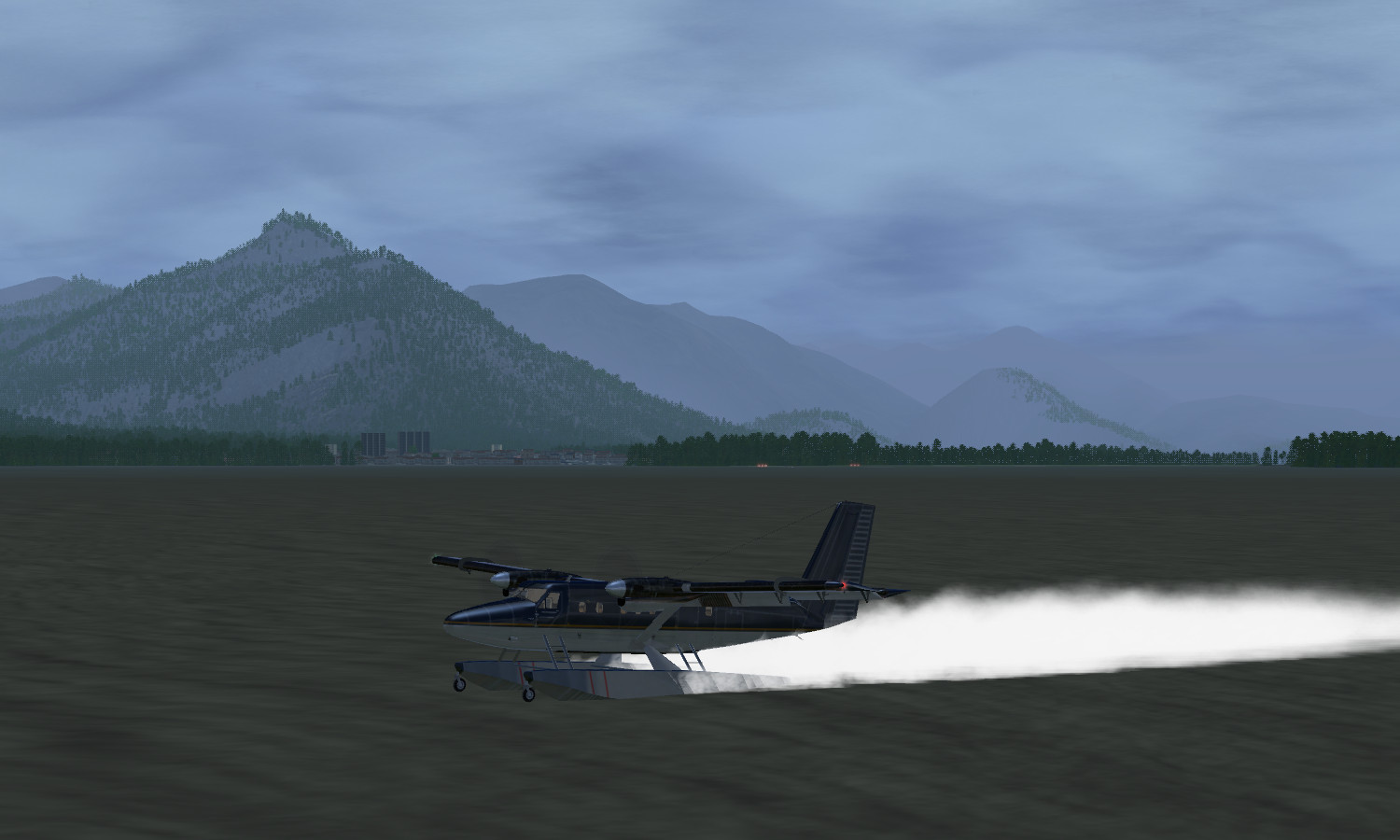Outback flying with the Twin Otter
If you’re looking for a challenge away from busy airports, IFR flight and traffic controllers try flying up in the North for a while. Remote dirt airstrips, spectacular scenery, challenging mountain flights, tricky navigation in rough weather – Alaska offers all of this and more.
In such a sparsely populated region, you need a special kind of plane – easy to maintain, with a short takeoff or landing distance and capable of taking a lot of punishment. Such as the Twin Otter.
Meet the plane
The de Havilland Canada DHC-6 Twin Otter is STOL-capable small passenger turboprop aircraft, ready to carry up to 19 people. The sturdy, non-retractable undercarriage, the short takeoff and the high rate of climb make the aircraft very suitable to serve small airstrips in remote and mountainous areas. In addition, Twin Otters can be fitted with wheels, floats or skies, allowing them to operate even off reinforced runways.
With a cruise speed of 150 kt, a service ceiling of 25.000 ft and a range of about 800 miles, the aircraft does not have the abilities of commercial jets, but its handling qualities more than make up for it.
The Flightgear version of the Twin Otter has a lot to offer – starting from a spectacular 3d cockpit over lots of simulated systems to detailed procedures. When starting in the plane, you find it in secured position, with external power connected.
Every flight starts with the pre-flight inspection, the tiedowns and pitot tube covers have to be removed, the wheels unblocked. Using Flightgear’s walker feature, you can literally get out of the plane and walk around, doing your pre-flight checklist.
Once you climb into the cockpit, you can then start the engines and switch to internal power. The plane makes excellent use of the checklist feature, with the ability to highlight every control that needs to be operated next, so you won’t get lost easily.
The cockpit artwork is simply great, close to photo-realistic, and there are lots of details to discover, from the way the windshield heater has a real function to ‘No Smoking’ signs for the passengers.
The flight dynamics is modeled using YaSim, which doesn’t make it overly realistic at the corners of the operational envelope, but the basics are all there and the simulation nicely captures the STOL and high climb rate of the plane. There’s no simulation of damage due to overstressing the plane done, but callouts of limit violations can be activated (and of course you can crash and destroy the plane).
If you’re in for a real challenge, start with a variant that has either floats or skies – if you have floats, you can actually select starting sites on the water (or get the option to re-position to a nearby site).
Mount Logan
A very nice bit of scenery is East of Valdez (PAVD) following the Bagley Ice Field towards the Seward Glacier at the foot of Mt. Logan, which towers a full 19,501 ft above sea level.
The Twin Otter will be able to take off from almost any small airfield, so we can explore this from Cape Yakataga (PACY). It’s going to be a cold flight, so remember to activate Pitot tube and propeller heaters, otherwise there’ll be nasty surprises later.
Fly north and start climbing over the first mountain ranges at about 10.000 ft – behind the peaks you’ll get your first visual of the Bagley ice field stretching in east-west direction.
Follow the glacier east until you see towering Mount Logan to your left, reaching up to almost 20.000 ft and opposite to it, slightly lower, Mount St. Elias. Then turn towards Mount Logan.
If you have skies equipped and dare to, you can try landing on the Bagley field or on one of Logan’s glaciers – it’s quite a challenge.
The Twin Otter reaches high enough to make the summit of Mount Logan, so start climbing again. If the visibility is good, you can see several other towering peaks over in Canada.
Turn back west and follow the glacier valleys branching north of Bagley field, forming the Logan glacier.
You’ll be rewarded by stunning views deep into ice-carved valleys.
Follow the Logan glacier valley till the ice disappears and mighty watercourses carry the meltwaters of the ice fields. We’re going to end the flight at Jakes Bar, which is a small dirt airstrip in the middle of nowhere. Like many small field in Alaska, it doesn’t come with a radio beacon, so you’ll have to find it by eye – it’s where a meltwater stream coming from the south merges with the water from Logan glacier.
There’s not much space here – but nothing the Twin Otter couldn’t handle.
Juneau and surroundings
Quite different but equally stunning scenery is found in the vicinity of Juneau airport (PAJN). Here the sea meets steep mountains and glaciers and fjords and islands dominate the scene. Equip your Twin Otter with floats to enjoy this best – you can start right in the water, for instance at Tenakee.
Admittedly starting the engines in the water is a bit ticky (expect to spin around while only one engine is running…), but water takeoffs and landings are really great fun (if the winds are not too strong – high surf can definitely ruin your day).
Once in the air, you can expect the flight dynamics to be somewhat different (the floats after all have different drag), but the Twin Otter has very high engine power, so it’s never a problem.
You can fly across forst-covered hills, majestic straits and explore remote bays, or fly over the Taku glacier north of Juneau – there’s plenty to see.
And the best part is – with floats you can land pretty much anywhere you like!
Again, maneuvering on the water can be a bit tricky, differential throttle on both engines, or even putting one engine into reverse thrust works best. And if you want to land on solid ground again, there’s still an operational gear attached to the floats – just don’t forget to extend it!
Save flying!
More reading
- Wiki page of the Flightgear Twin Otter
